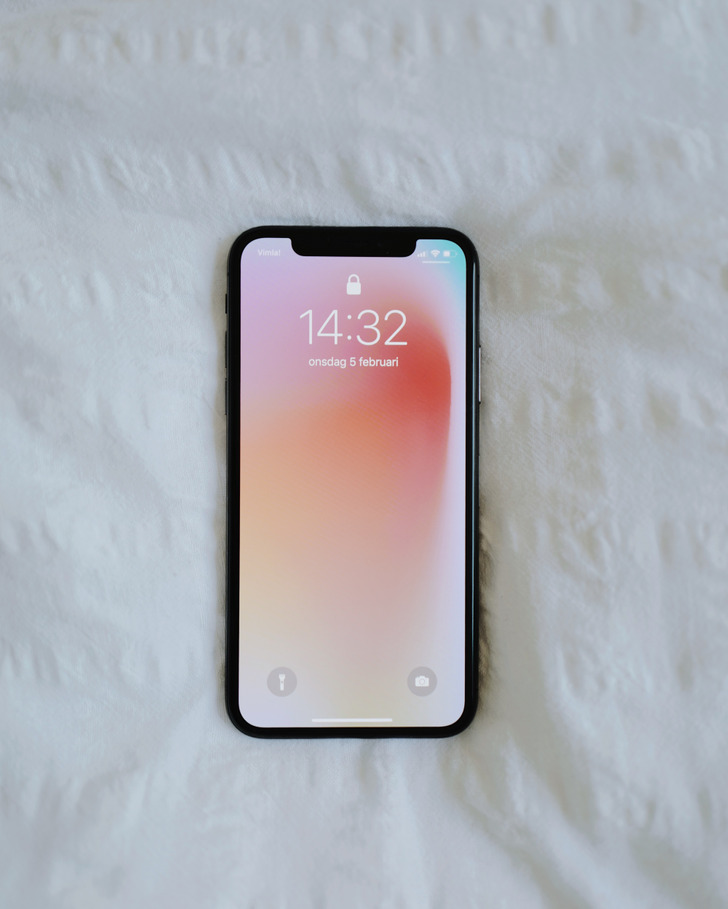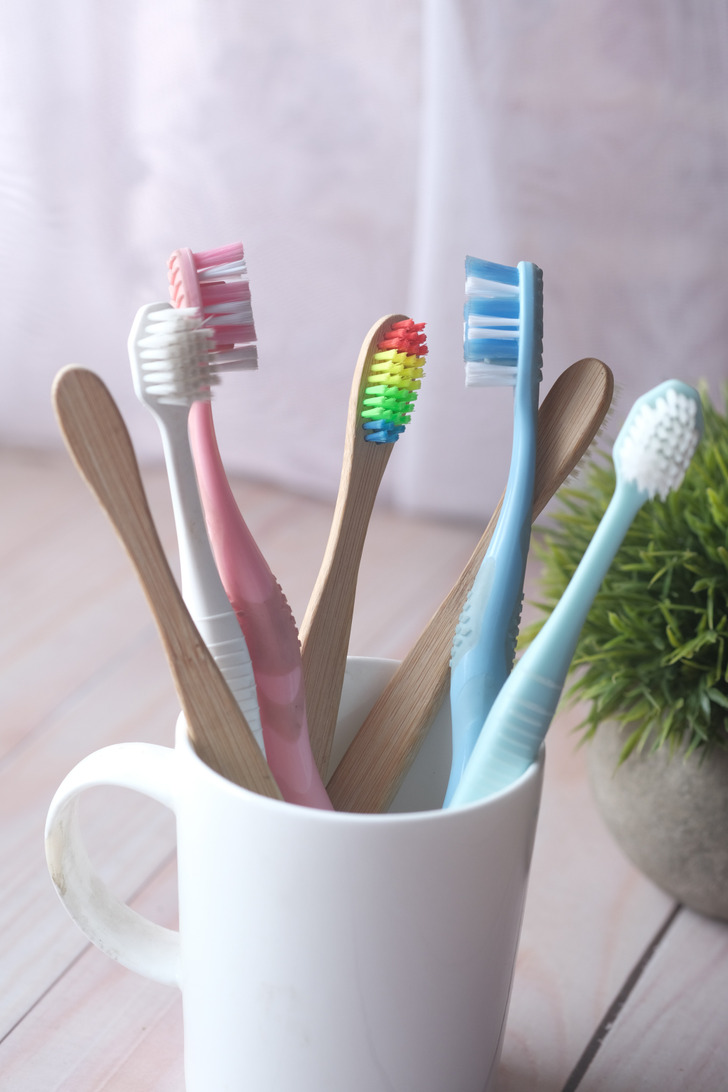A Guide to the Dirtiest Spots in Your Home
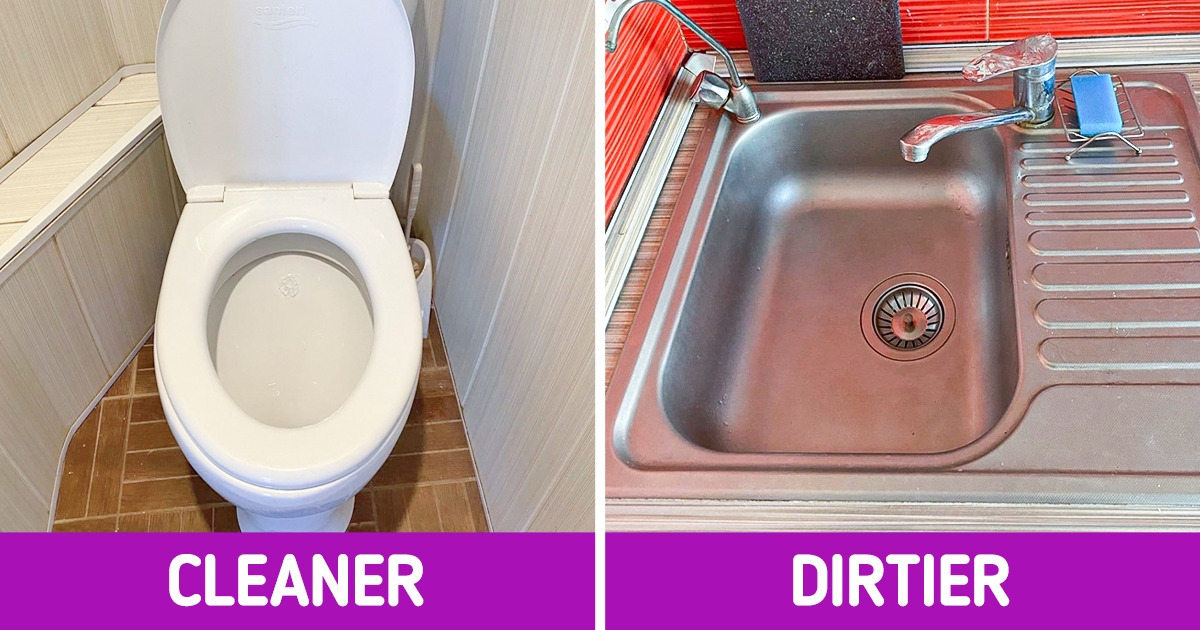
During cleaning, we tend to clean and disinfect some spots in our home more than others. However, the thing is, we don’t always know which spots are the dirtiest and how many microbes they have.
5-Minute Crafts put together a list of dirty spots and objects in our homes. We bet some of them may come as a surprise to you.
Kitchen sink
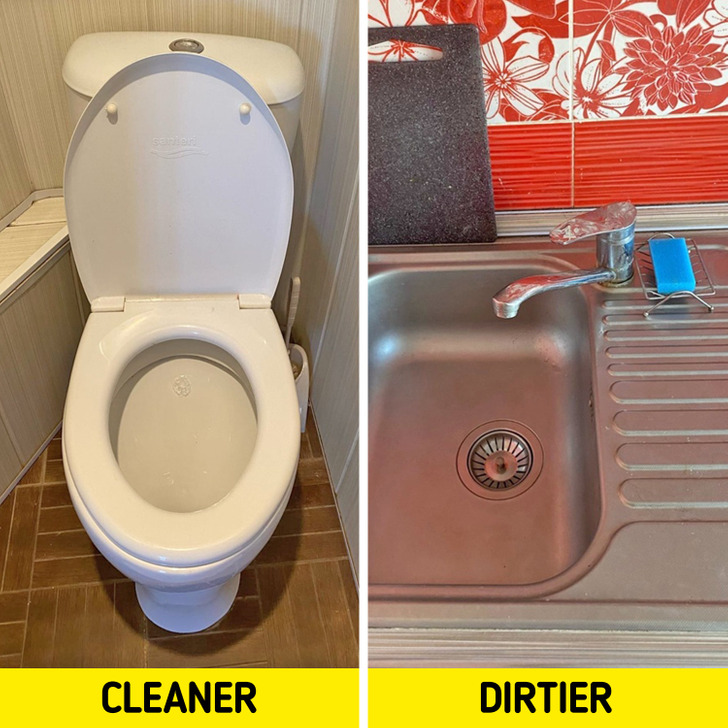
It’s hard to believe, but a kitchen sink can be dirtier than a toilet. In a study by The Public Health and Safety Organization, 75% of kitchen sponges, 45% of kitchen sinks, 32% of countertops, and 18% of cutting boards tested positive for E. coli.
By comparison, the dirtiest spots in the bathroom, which are toothbrush holders and faucet handles, showed less prominent results. Only 27% of toothbrush holders and 9% of faucet handles were contaminated with E. coli.
Fridge
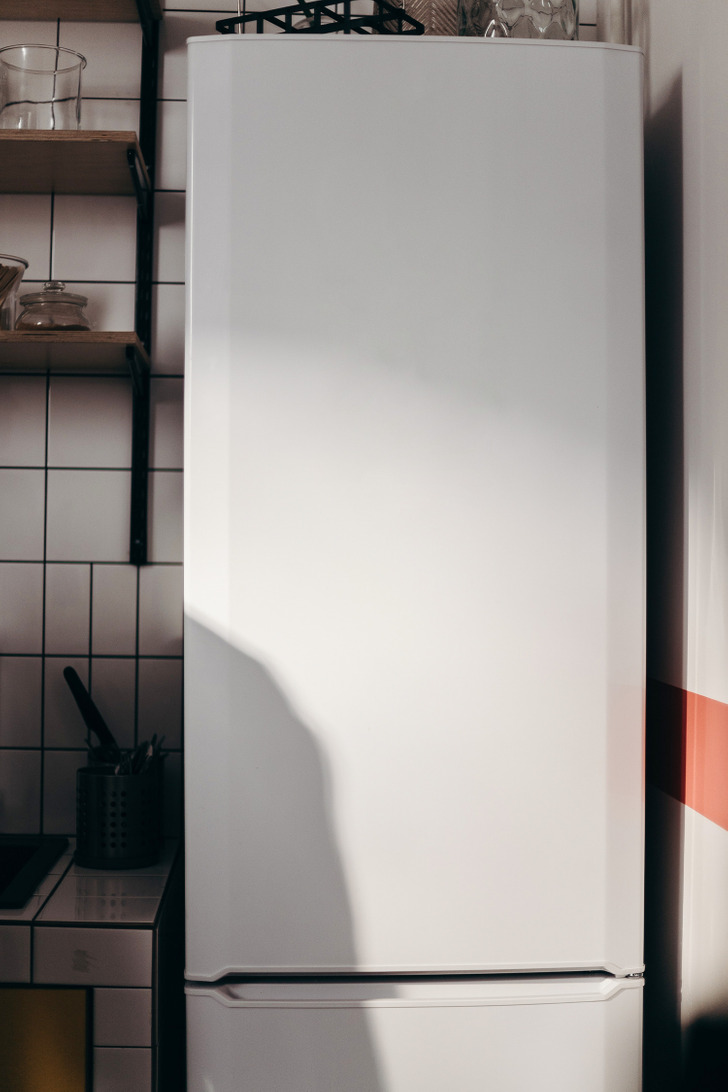
Studies showed that a fridge is also dirtier than a toilet. There are an average of 11.4 million germs per 1 square centimeter of space in the fridge while in toilets there are only 100 pathogens per square centimeter.
This doesn’t mean that we don’t clean our fridges thoroughly enough. Unprocessed foods are prone to increased mold and microbial growth. And at low temperatures, some types of mold and bacteria retain their ability to reproduce and continue to live on the shelves and in the drawers of the fridge.
Blender
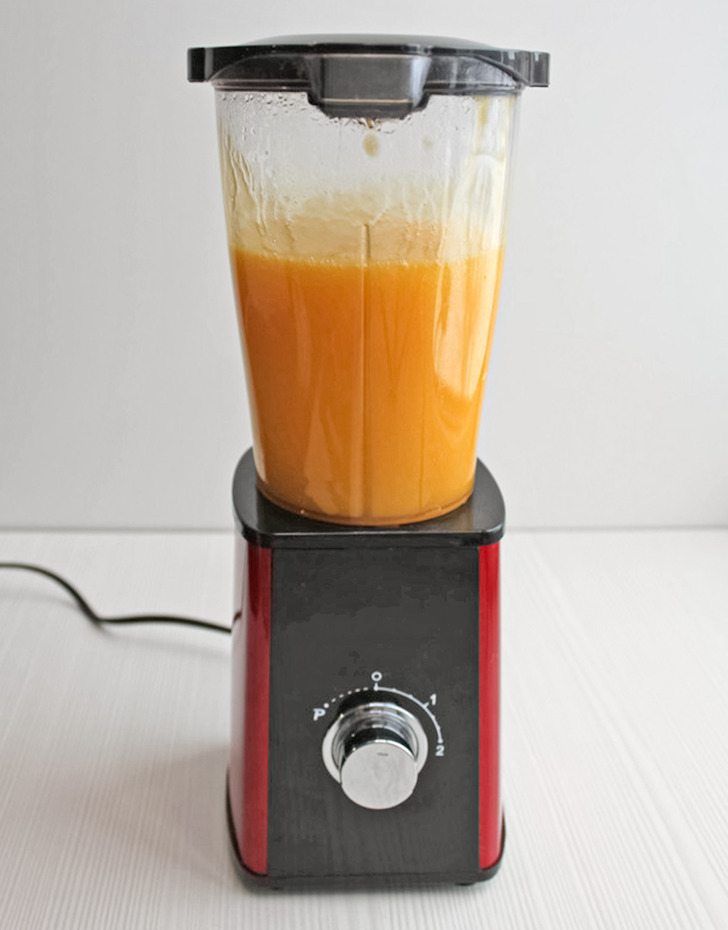
Coffee machine
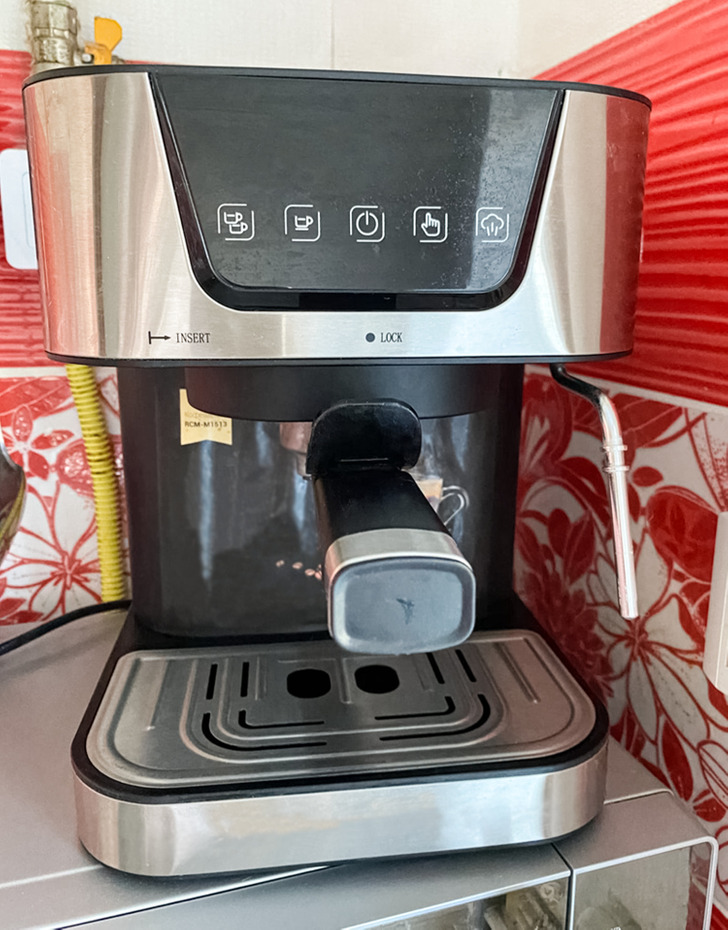
Can opener
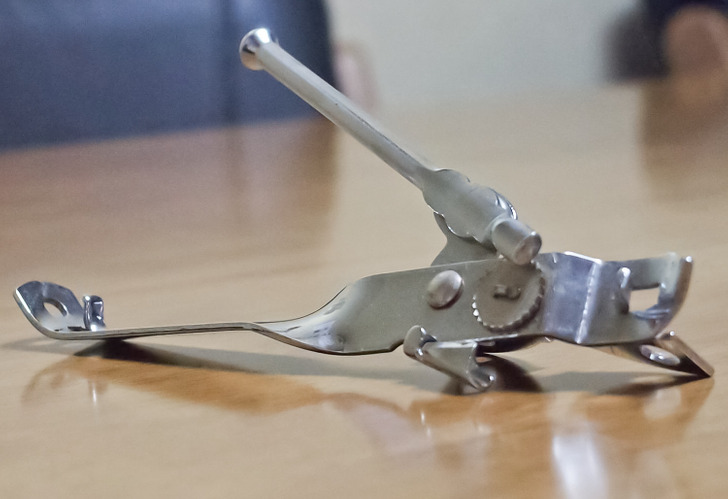
According to the National Sanitation Foundation, a can opener is one of the dirtiest items in our kitchen. Due to food particles that may remain on its blade, a can opener may contain traces of E. coli and Salmonella.
Kitchen towels
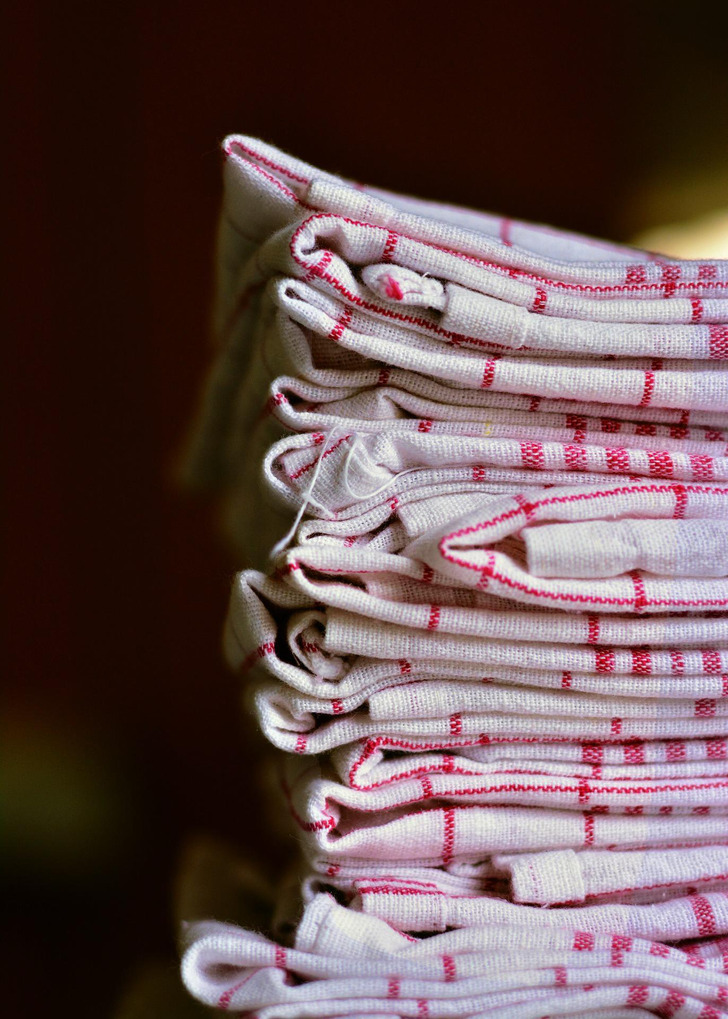
Kitchen hand towels are very dirty, partly due to the fact that we use them often, but wash them not that often. E. coli were found on 89% of towels. Isn’t this a good reason to change your kitchen towels more often?
Mobile phone
A mobile phone case contains 10 times more bacteria than a toilet. Among them are pathogenic bacteria, potentially hazardous to human health.
Toothbrush holder
Toothbrush holders are rarely dry and clean. It’s no surprise that traces of Salmonella and E. coli are often found on them.
Pet bowls

Pet bowls contain a lot of germs that can multiply there because of the moisture and food that remains accumulated in them. To minimize the risk of infection, wash bowls daily in hot, soapy water or use a dishwasher.
Pathogenic bacteria were also found on pet toys. It’s also recommended to clean them regularly.
Keyboard, TV remote control, and game controller
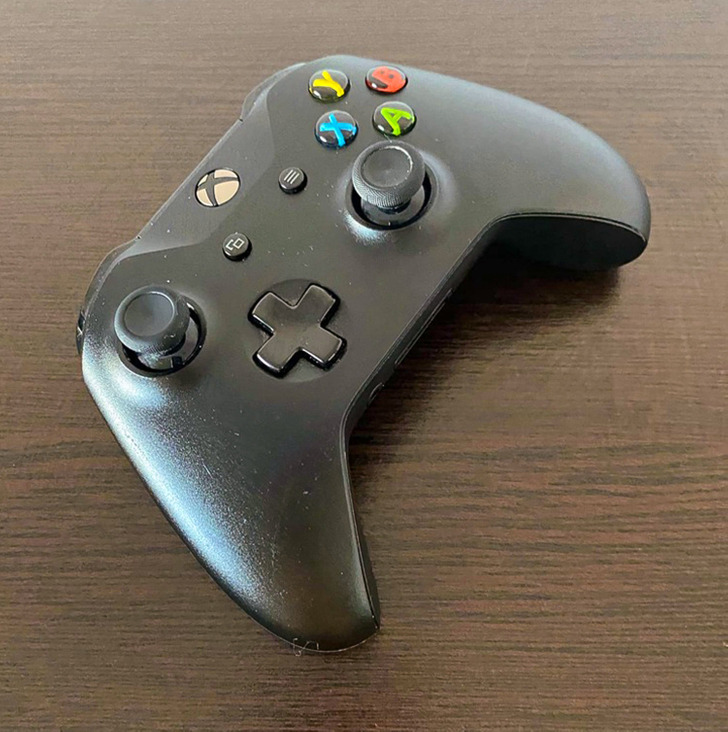
A computer keyboard, TV remote control, and game controller are the objects we often use but rarely clean. All of them contain traces of mold and fungus. According to the National Sanitation Foundation, 68% of keyboards, 59% of game controllers, and 55% of TV remote controls contain pathogens.
Washer
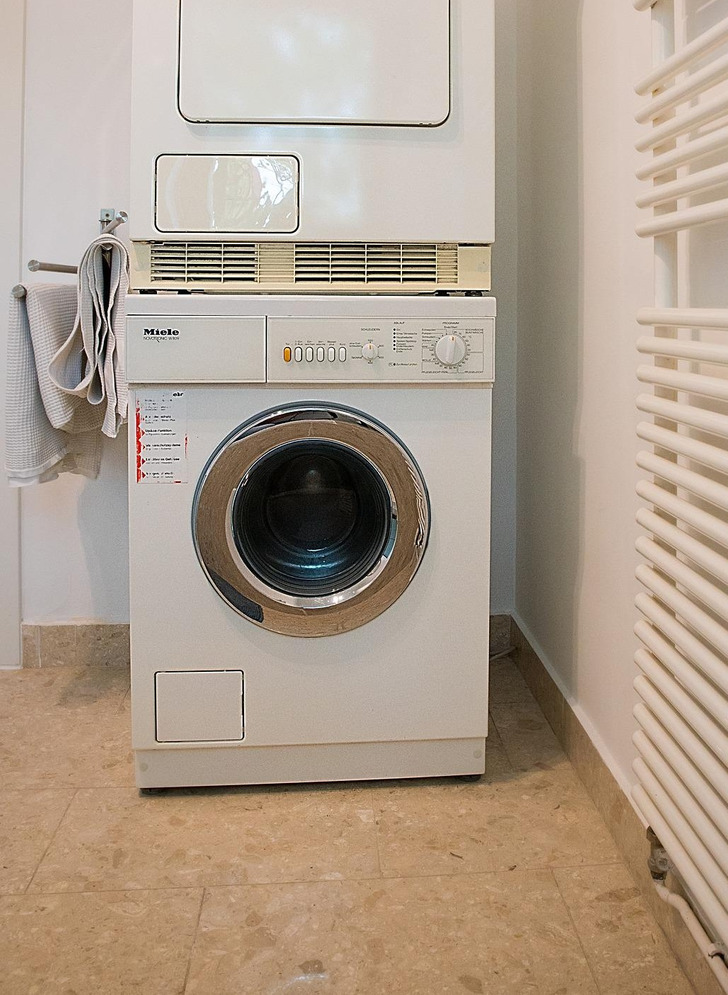
Apart from the fact that hair, fibers, dust particles, and animal hair that comes from clothes can accumulate inside the washer, bacteria and mold can also multiply there. When you wash your clothes at low temperatures, most of bacteria survive and can cause cross-contamination of laundry.
Cutting board
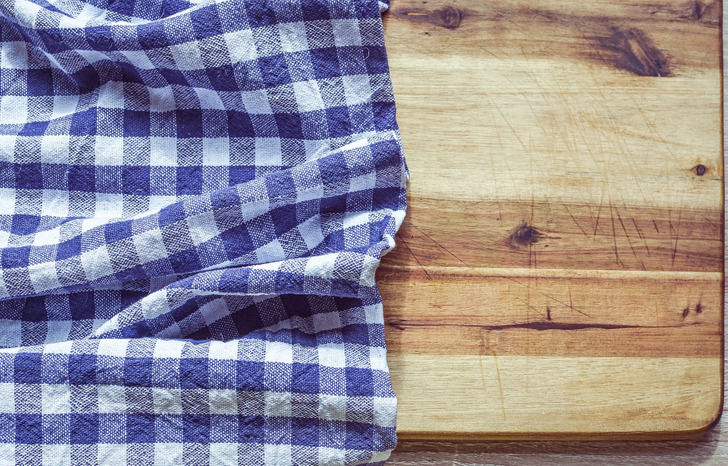
Kitchen sponge
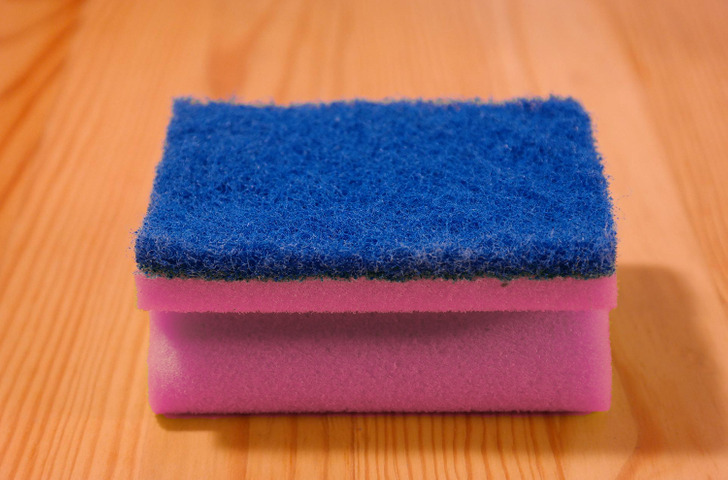
A kitchen sponge can be 200,000 times dirtier than a toilet seat, and a dishcloth is 20,000 times dirtier. Most of them contain pathogenic microorganisms that easily multiply in a moist environment.
